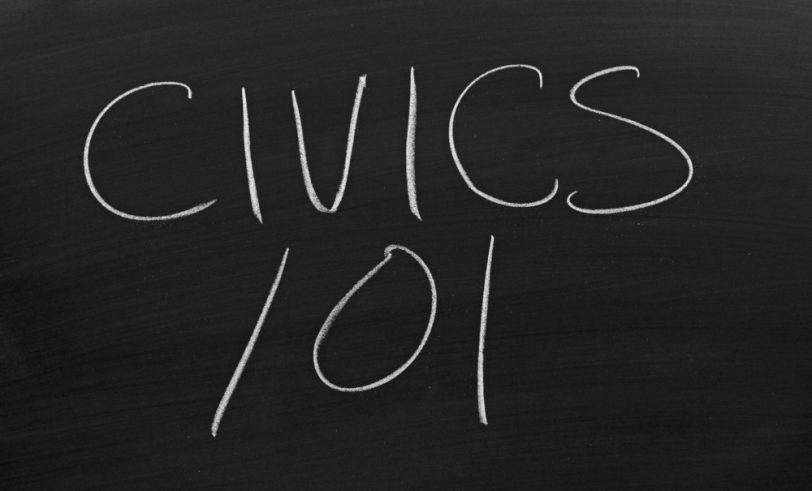Action Civics: Teaching Students to Become Activists (Part 2 of 3)

In my previous post, I introduced readers to a concept known in education circles as action civics. As I noted in that post, proponents claim action civics is a way to teach students about civics by engaging in civic activity—to learn by doing. The true aims and intents, however, seem much deeper—the idea is to mold students into a specific ideology about what it means to be a good citizen.
The iEngage summer camp at Baylor University uses an action civics curriculum. On day one, the students are asked to consider, “What does it mean to be a good citizen?” While this question may sound innocuous, the students are likely guided to a position that many citizens would be uncomfortable with. In their seminal work on the topic, “What Kind of Citizen? The Politics of Educating for Democracy,” Joel Westheimer and Joseph Kahne (scholars who heavily influenced the creation of action civics) create a hierarchy for kinds of citizens.
While many citizens support the idea of a “personally responsible citizen,” Westheimer and Kahne dismiss this conservative notion as inadequate for citizens in a democracy. Next, in the hierarchy of Westheimer and Kahne is the “participatory citizen,” who actively engages in community events such as food drives. Yet, this do-gooder is still not quite the right type of citizen for Westheimer and Kahne. The highest level in their hierarchy is the “justice-oriented citizen.” This type of citizen “critically assesses social, political, and economic structures to see beyond surface causes” and “knows about democratic social movements and how to effect systemic change.” Rest assured, this is the type of citizen students participating in iEngage will be pushed towards becoming.
The next few days build on this effort to turn the students into activists:
Day 2 – “How can citizens investigate community issues?”
Day 3 – “What does it mean to advocate?”
Day 4 -“How can we advocate effectively for an issue?”
Day 5 – Advocacy project workday and issue showcase
This is the model of instruction that is being pushed to educators throughout the country. As Thomas Lindsay and Lucy Meckler note in their recent report on action civics for the Texas Public Policy Foundation, much of the language of action civics sounds good. Who wouldn’t want kids to actively learn how government works?
The problem is much more subtle. Students are not learning how government works—they are learning how activism works and, more importantly, they are learning a philosophical view of politics. Students engaged in an action civics curriculum are asked to consider a problem, such as homelessness or income inequality, and then asked to find solutions to these issues Forget for a moment that we are asking students to come up with solutions to perennial problems of the human condition and consider the types of solutions action civics requires of them—governmental solutions. Action civics does not ask students to consider whether it is right or proper for the government to intervene or whether there may be a more suitable non-governmental solution. The only tool in the belt appears to be a hammer in search of a nail
The goal of action civics is not to teach students how government works. The goal is to change how students see their role as citizens, and the model of citizenship that is being pushed is not politically neutral. Indeed, it is a model that many Americans, especially those who believe in a limited role for government, may fundamentally disagree with.

